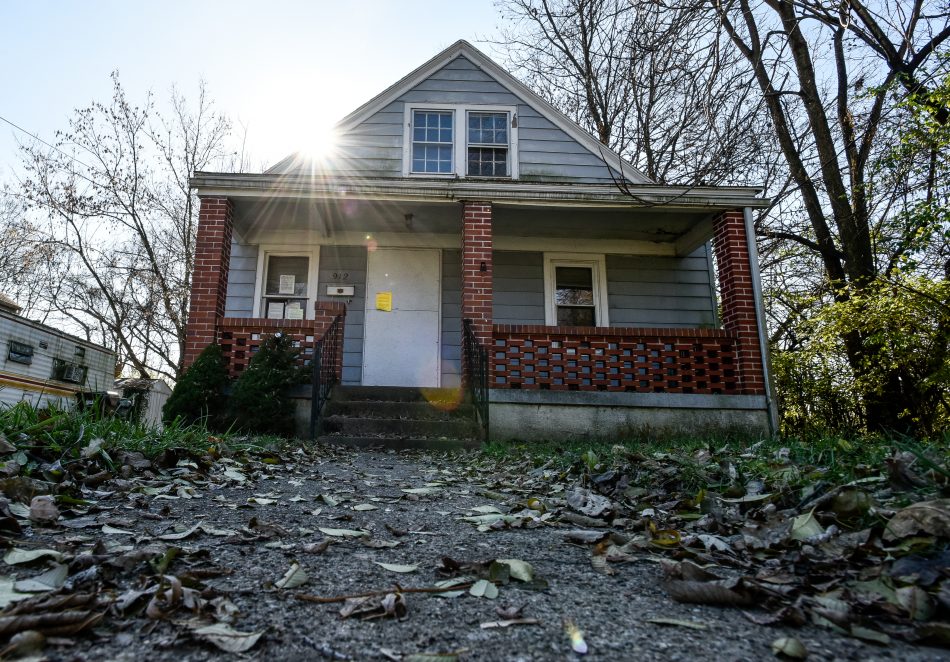Everyone dreams of being able to have a successful home remodel business that lands you on the big screen on HGTV. Home flippers have never had it easy though. Flipping homes requires a lot of research, upfront capital, and hands-on skills to make the venture worth doing. During the post-pandemic fallout, rising costs and low supply are cutting deep into home flippers’ profit margins severely.
Flipping a home is described as the act of buying and reselling a particular home within a year span. Profits rely heavily on manual labor pricing and the health of the housing market. According to CNBC, around 80,000 single-family homes and condominiums were flipped during the last quarter, which represents nearly 5% of all home sales. It is a strong rebound from what we saw last year but still lower than the average that has been seen during the last ten years.
Even with this kind of rebound being seen, the return on investment for home flippers has dropped considerably with the prices of homes rising and cost being hard to control. Investors are currently experiencing some of the lowest returns in over a decade since the reset from the sub-prime mortgage crisis in the late 2000s. It is not to say home flipping isn’t profitable, but home flippers need to examine deals a lot further and how they go about their renovations. Most home flippers are limited to conducting their deals locally, but if these times continue, it could be worthwhile to travel elsewhere and explore new markets.
Metropolitan areas have seen great returns recently after the surge of people looking to move into cities due to their prices falling during COVID-19. Some notable cities with healthy gains on average are Oklahoma City, Fargo, Omaha, Philadelphia, Pittsburgh, Buffalo, and Baltimore. A lot of suburbs in the South are seeing a fall in return on investment profits for home flipping. Some of the lowest returns are suburbs in Texas, Mississippi, and Alabama.
Returns on investment have been stagnant and depleting for many reasons. As previously mentioned, home prices are still rising at a very fast rate. The cost of renovating a house has seen a dramatic rise as well due to supply chain constraints and inflation. Tariffs and COVID-19 restrictions have caused many materials such as lumber to rise and put stress on home remodelers. For home flippers, many of them are small operations that don’t have access to discounted materials that major construction companies have. The quantities to get a bulk discount are correlated with overall pricing. Many of these home-flipping operations are now paying the same costs that the average consumer would pay. Labor delays are hurting home flipping operations as well. It has been tough to find able bodies to carry out time-sensitive remodels as well as increased wait times for permits.


